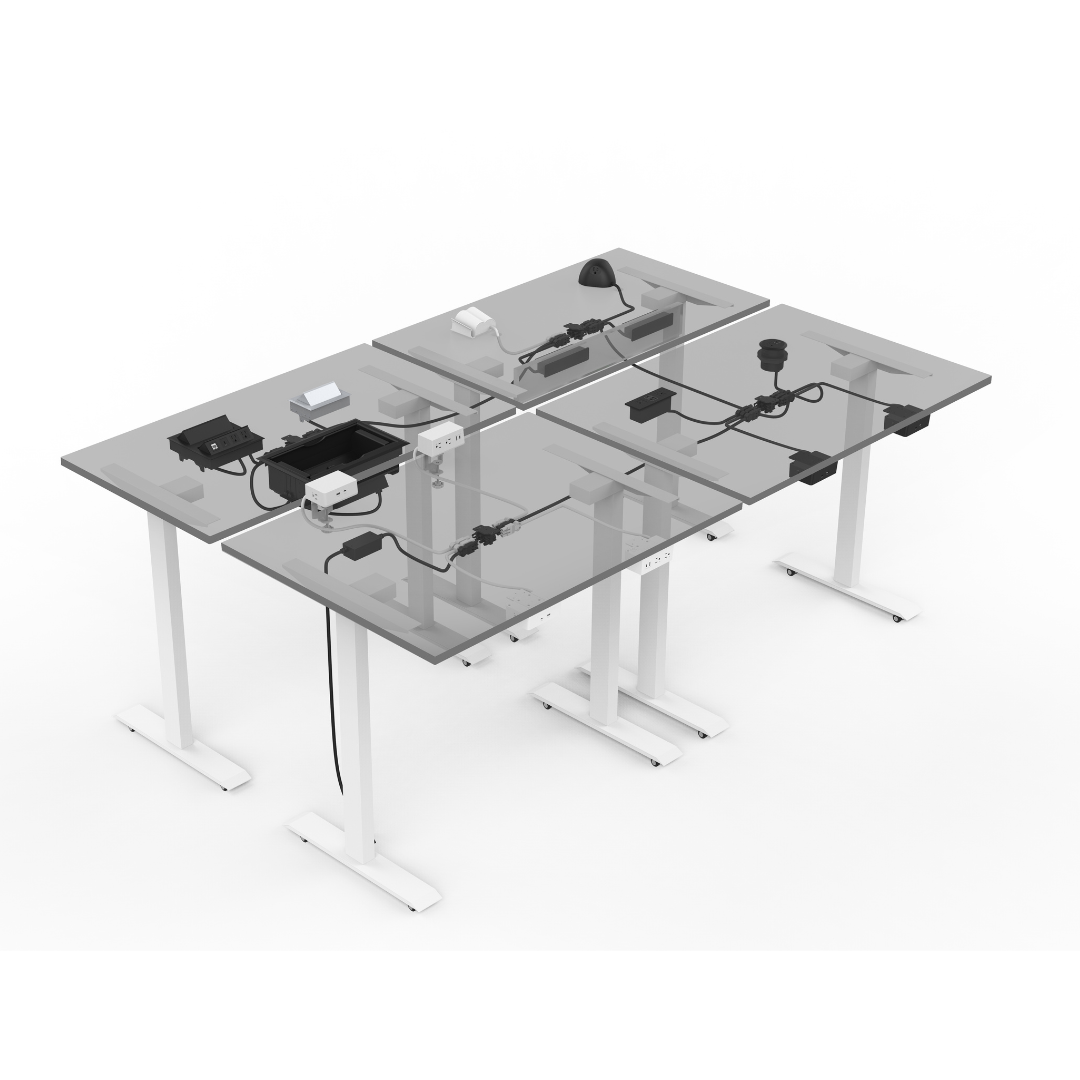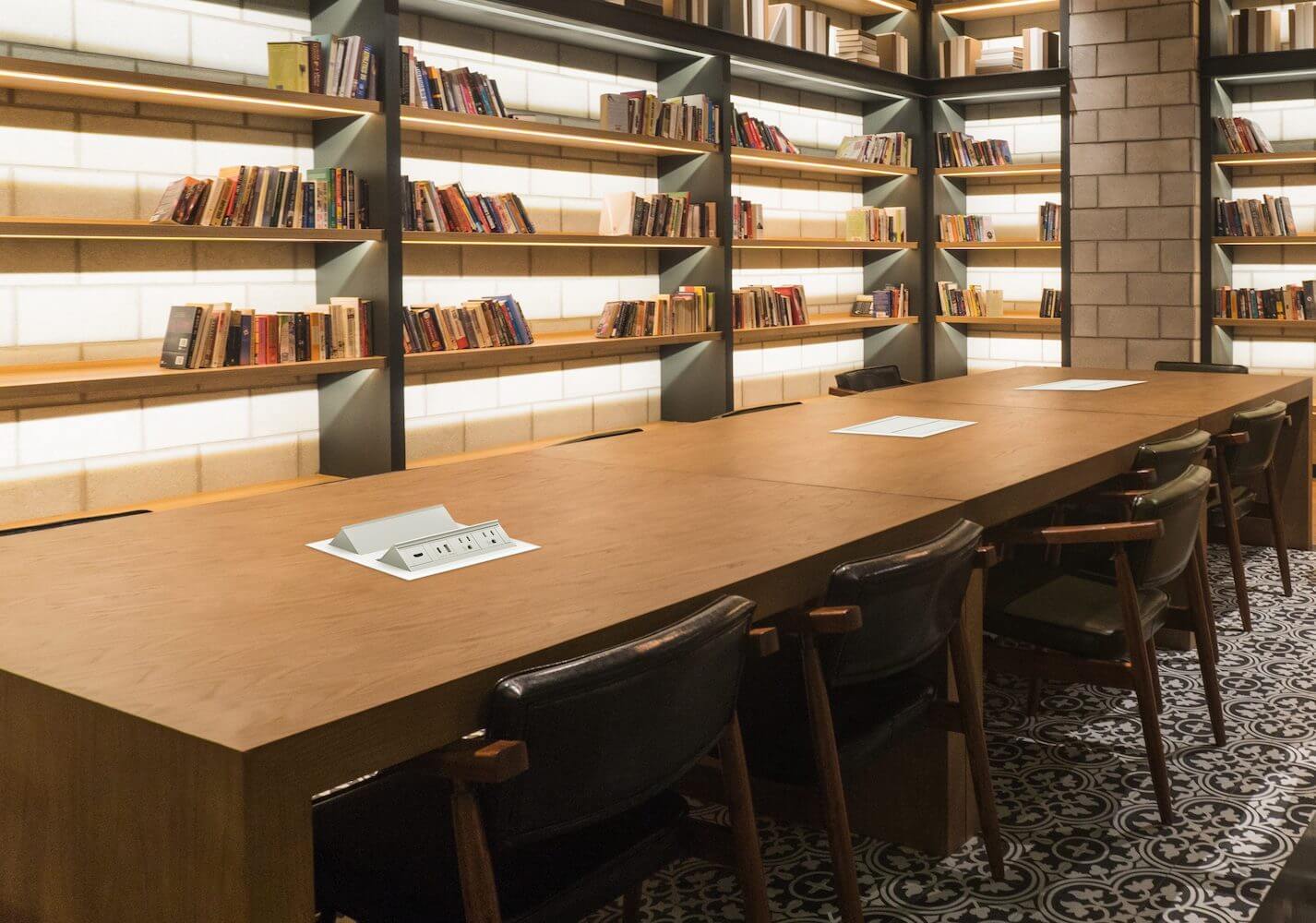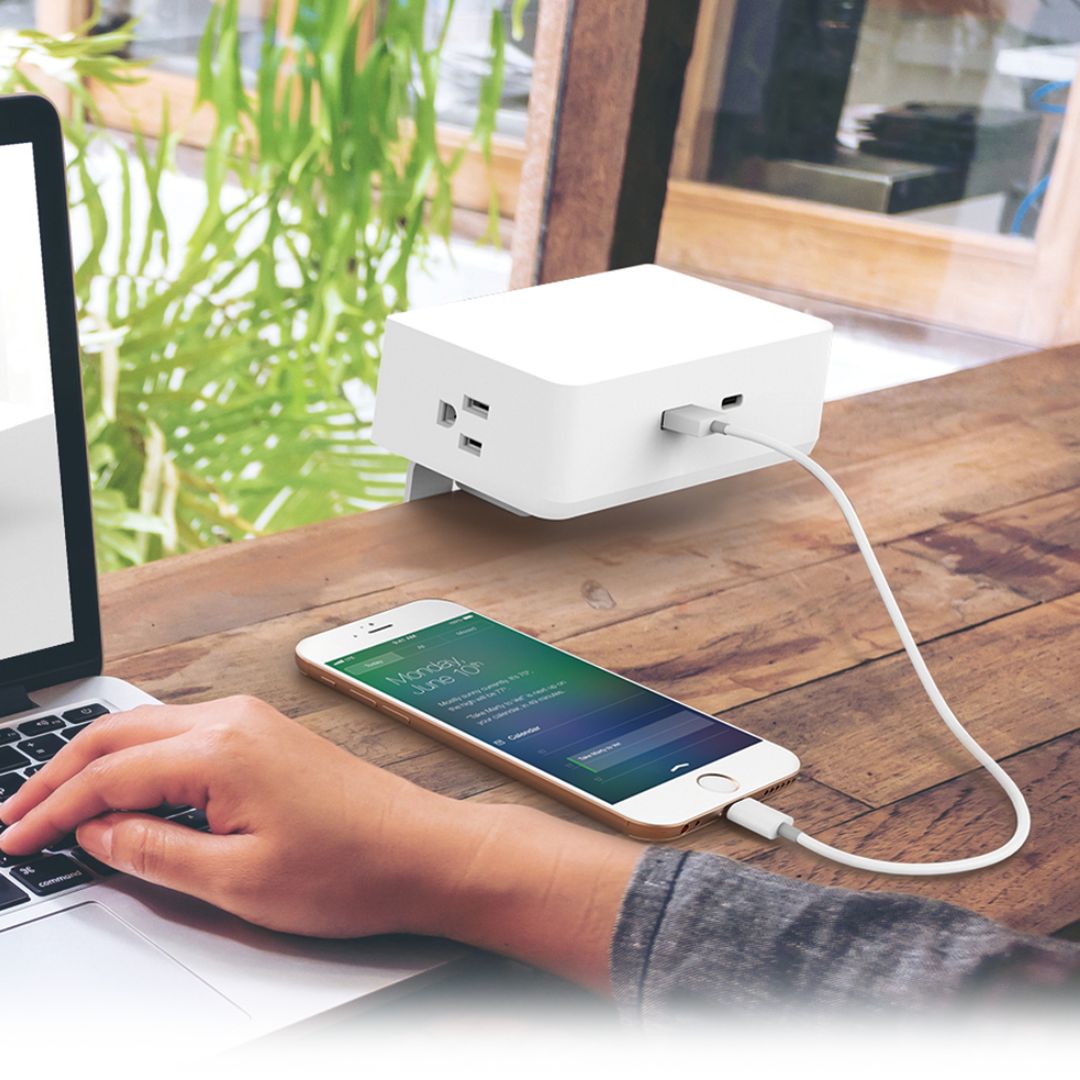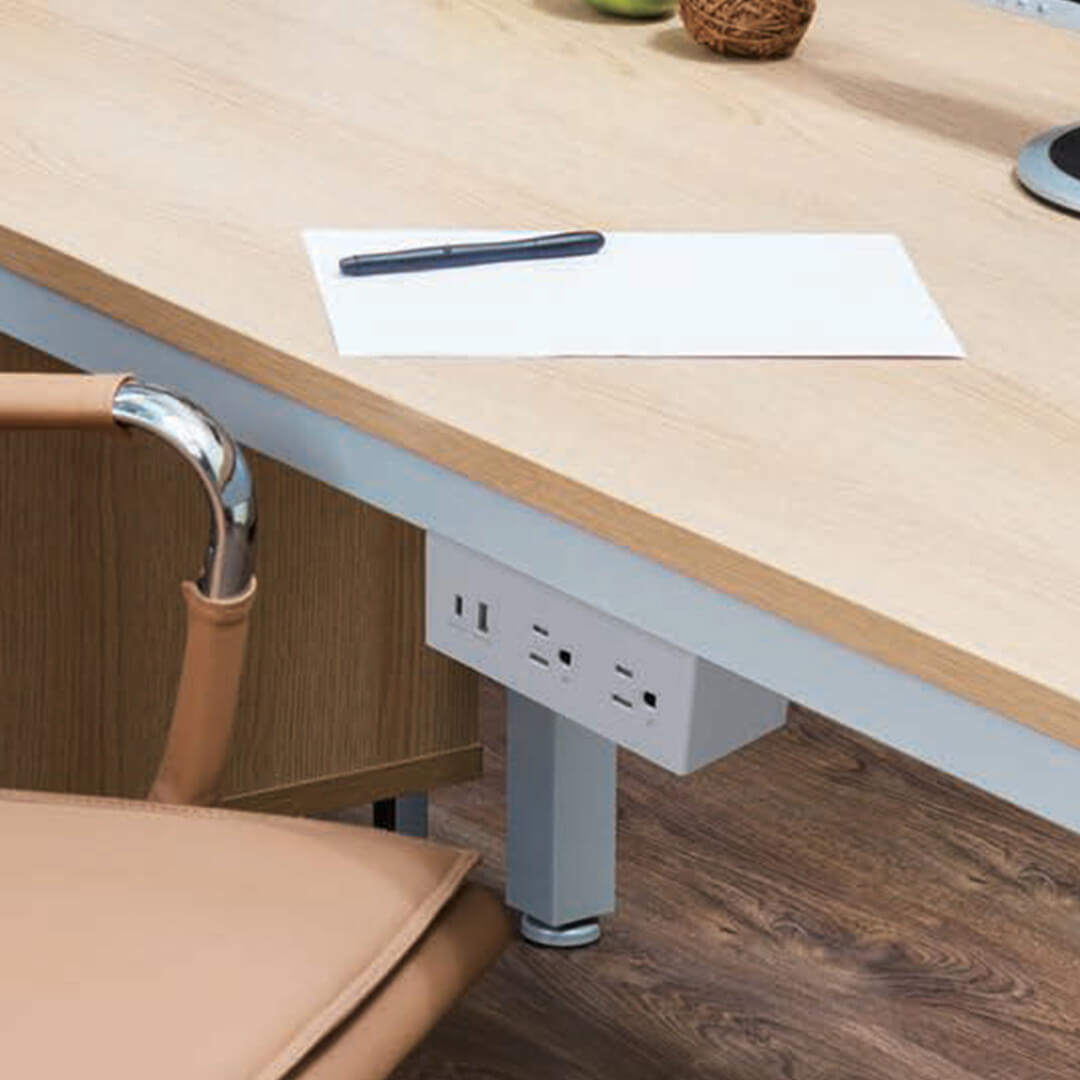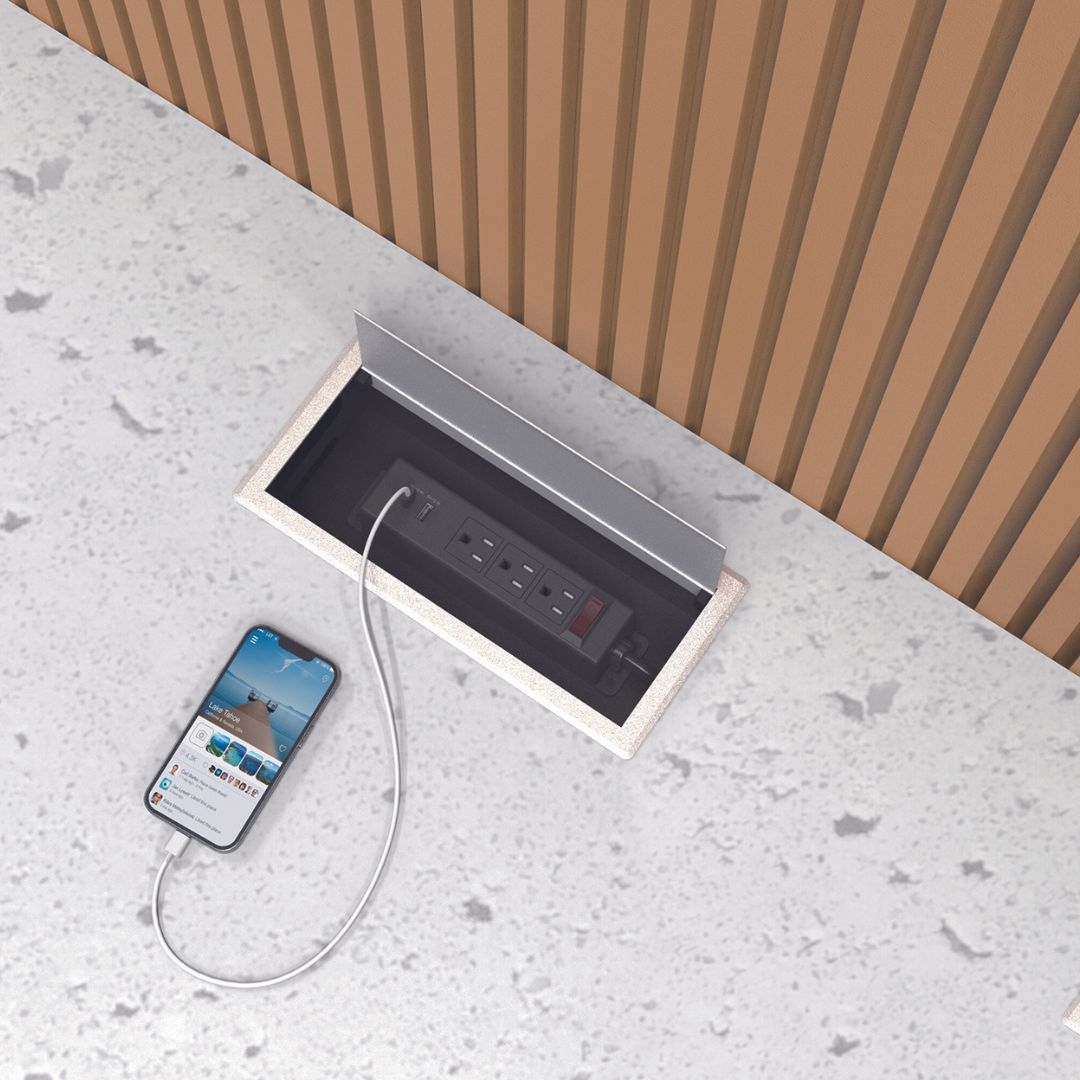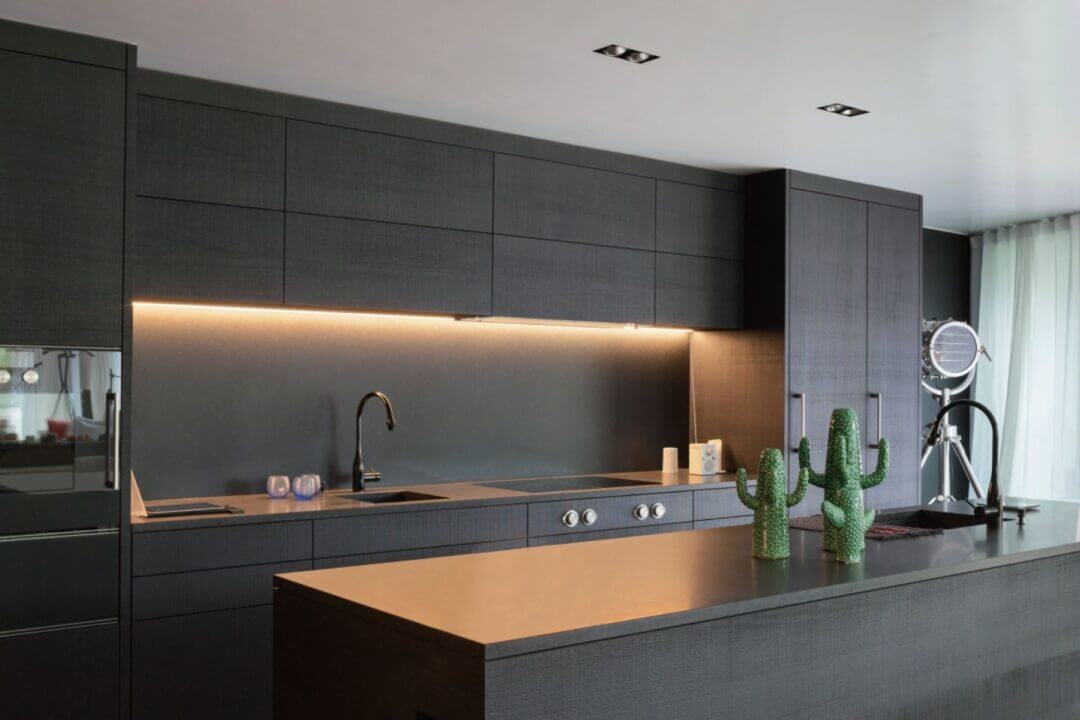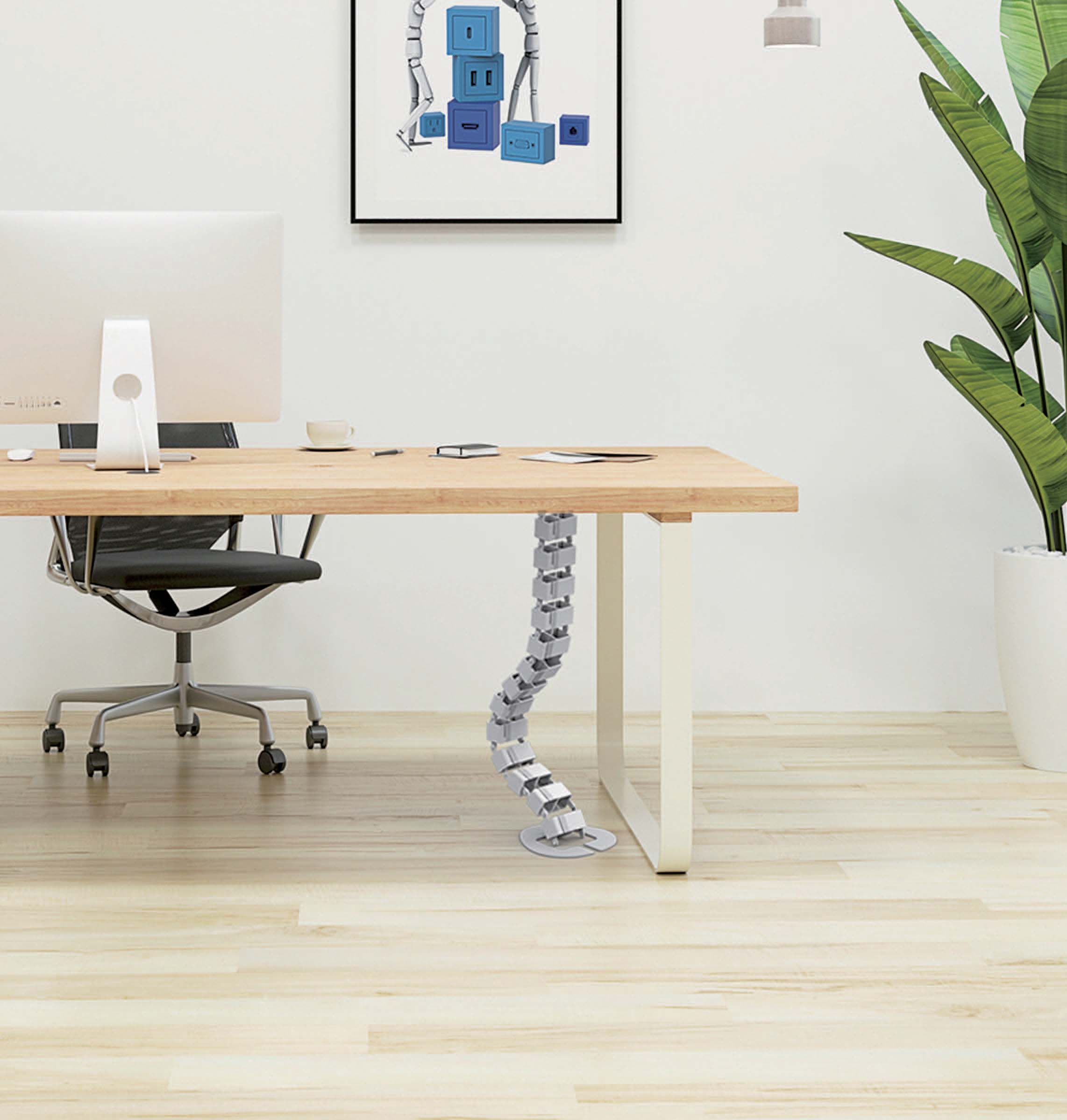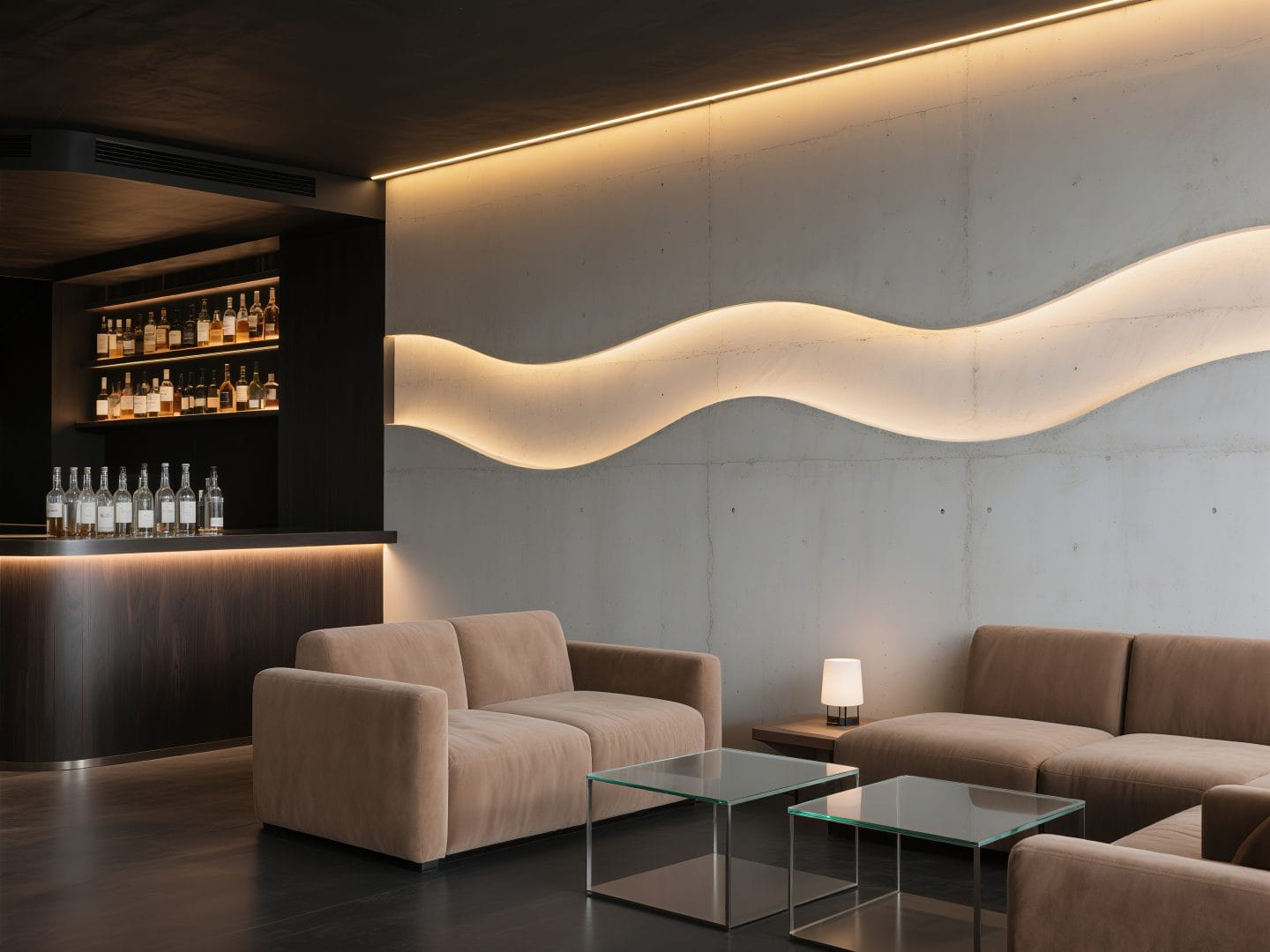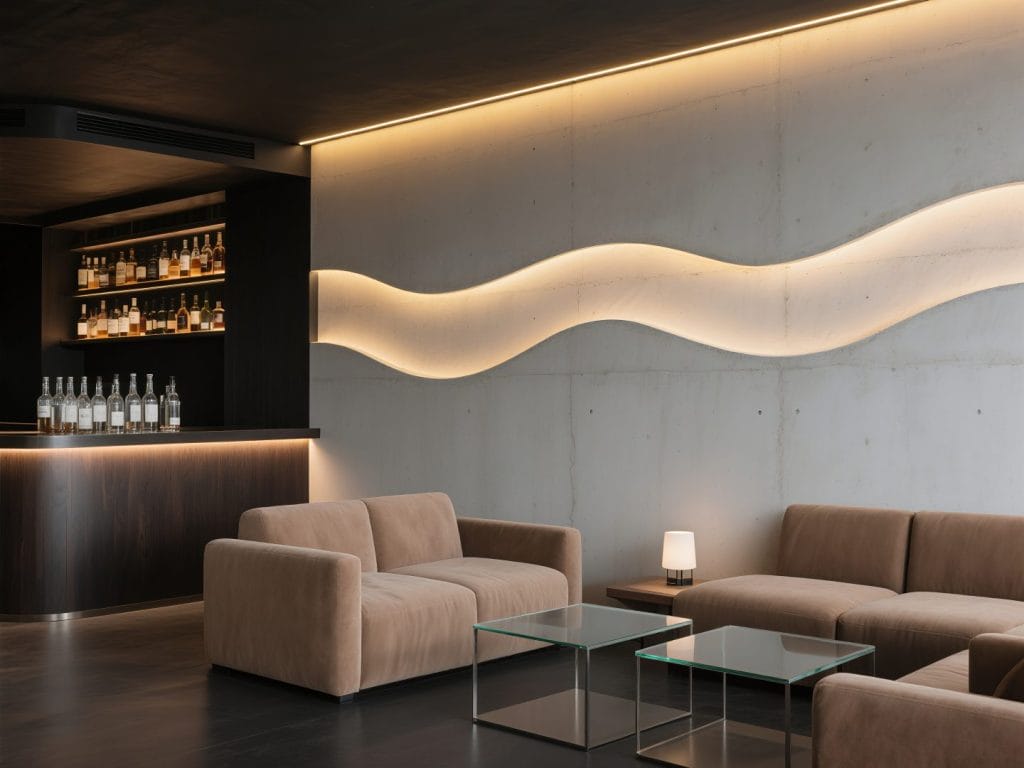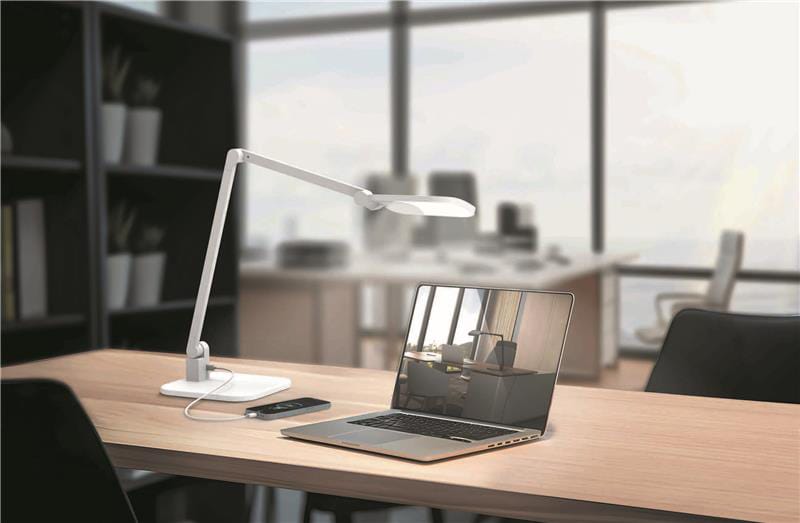How Architectural Lighting Shapes Stunning Spaces
When you think of lighting, functionality probably comes to mind first; illumination for safety, visibility, and navigation. In the world of design and architecture, lighting is so much more. Architectural lighting isn’t just about lighting a space; it’s about transforming it. It’s a powerful design tool that adds depth, emotion, and identity to built environments.
In this post, we explore how lighting is used as an art form in architecture and how our cutting-edge lighting products help designers craft visually striking, emotionally resonant spaces.
Lighting as an Architectural Element
Architectural lighting bridges the gap between function and aesthetics. It emphasizes form, influences mood, and directs attention. According to the International Association of Lighting Designers (IALD), well-designed lighting can define textures, enhance materials, and even manipulate spatial perception, making rooms feel larger, ceilings higher, or elements more dynamic.
For example:
- Uplighting can accentuate architectural columns or vaulted ceilings.
- Wall washing adds drama and elegance by creating smooth, even lighting on vertical surfaces.
- Spotlighting draws the eye to focal points like artwork or structural features.
Each technique turns an otherwise static space into an immersive, engaging experience.
The Psychology of Light
Light has a profound psychological impact. Studies published in The Journal of Environmental Psychology have shown that lighting influences human behavior and emotional well-being. Brighter, cooler-toned lighting enhances alertness and productivity, while warmer tones can make a space feel inviting and calm.
Architects and interior designers leverage this to tailor environments:
- Retail spaces use directional lighting to guide shoppers.
- Restaurants use soft, ambient lighting to create intimacy.
- Workplaces are increasingly using human-centric lighting systems to align with circadian rhythms.
Our product line includes tunable LED systems that allow designers to adjust color temperature and brightness throughout the day, helping to create adaptive, human-centered environments.
Materials, Shadows & Contrast: A Designer’s Palette
Light doesn’t work in isolation; it interacts with materials. Different surfaces reflect, absorb, or diffuse light in unique ways. For instance:
- Matte surfaces absorb more light, softening glare.
- Glossy finishes reflect, adding sparkle and drama.
- Translucent materials can glow when backlit, providing ethereal aesthetics.
Architectural lighting design also considers shadow as much as illumination. By playing with contrast, designers can sculpt space and depth, making walls come alive or turning staircases into visual statements.
Energy Efficiency Without Compromise
Today’s lighting must do more than look good, it needs to be sustainable. The rise of LED technology has revolutionized architectural lighting, allowing for low-energy consumption without sacrificing brightness or color quality.
We offer a range of energy-efficient architectural lighting solutions that comply with cUL standards, empowering designers to meet sustainability goals while delivering aesthetic brilliance.
How Our Products Support Creative Vision
At the intersection of design and technology, our lighting systems are built to empower. Whether you’re designing a high-end hotel lobby, a modern office, or a minimalist residential space, our portfolio offers:
- Customizable luminaires for unique visual identities
- Lighting remote controls for adaptive environments
- Precision optics for targeted, glare-free illumination
With modular systems and sleek architectural profiles, our products let your creativity shine, quite literally.
Final Thoughts: Light as a Design Language
Architectural lighting is more than a finishing touch, it’s a core part of the spatial experience. It’s how we interpret shape, texture, and emotion in our environments. As technology continues to evolve, lighting becomes an even more nuanced tool for artistic expression.
Whether you’re an architect, interior designer, or homeowner, the right tools make all the difference. Let us help you bring your vision to life with products designed for function, performance and design aesthetics.

